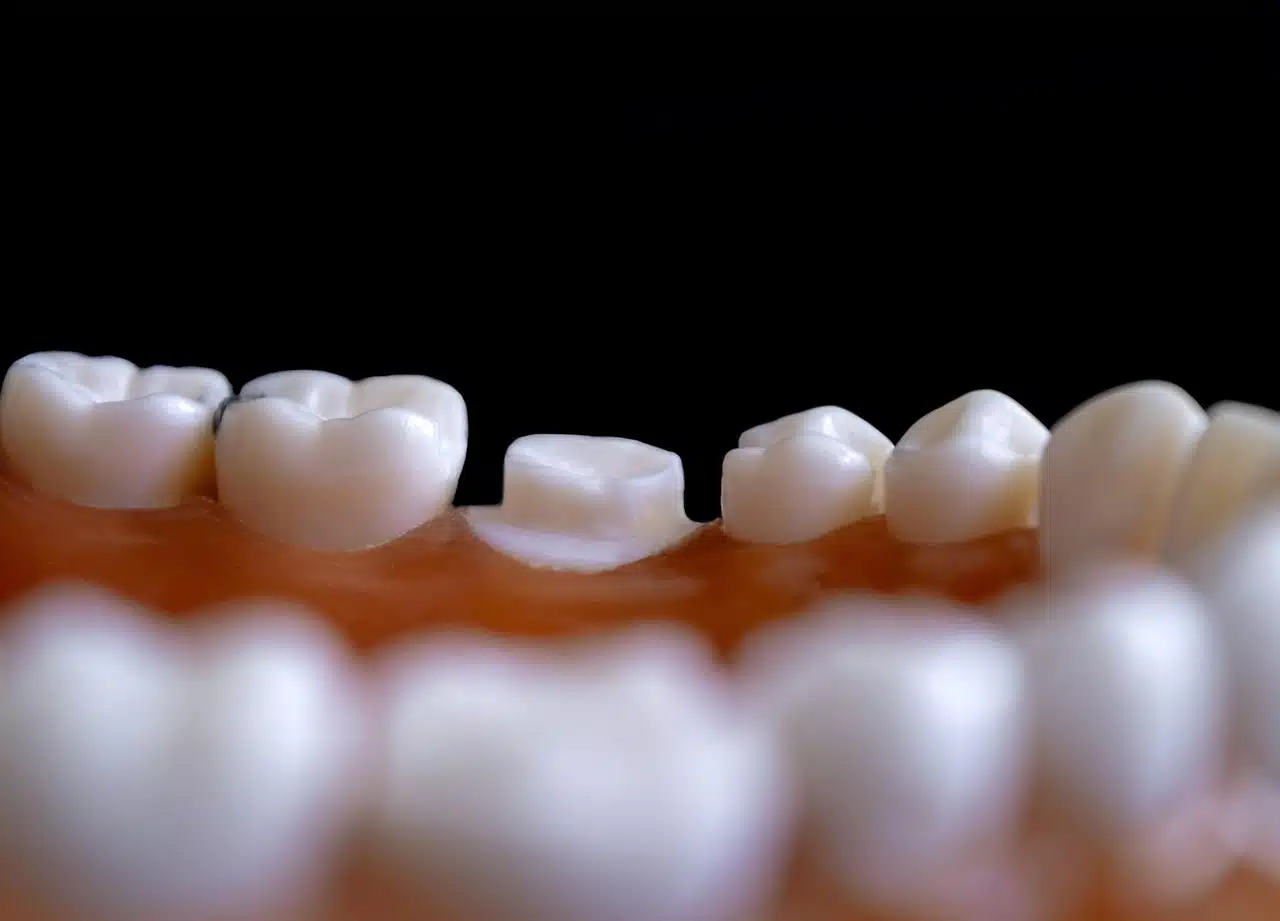

Root Canal vs Extraction: Which Should You Get?
Not sure whether to get a root canal or tooth extraction? Both options offer different approaches and outcomes when managing dental issues. By understanding the specifics of each treatment, you can make an informed decision that aligns with your dental health goals.
Read on below to better understand the difference between a root canal vs extraction.
What is a Root Canal?
A root canal is conducted to help save a badly damaged or infected tooth. Rather than resorting to tooth removal, a dentist cleans out the infected inner part—called the pulp—which contains nerves and blood vessels. This process helps preserve the tooth and prevents further decay or damage.
When is a Root Canal Necessary?
A root canal may be necessary if you notice any of the following:
- The tooth pulp, which contains nerves and blood vessels, is infected or damaged by decay, repeated dental work, or a crack or chip.
- Persistent and severe toothache, particularly when chewing or applying pressure.
- Increased sensitivity to cold or hot temperatures that continues after the source has been removed.
- Swelling and tenderness in the gums around the affected tooth.
- Discolouration of the tooth, indicating potential nerve and vessel damage.
- A persistent pimple-like bump on the gums, often signalling an abscess.
If you experience any of these symptoms, consult a dentist to confirm whether a root canal is appropriate.
How is a Root Canal Done?
Let’s walk through the steps involved in getting a root canal to familiarise yourself with the process:
- Initial Assessment:The dentist conducts an examination and takes dental X-rays to assess the extent of the infection.
- Anaesthesia: Local anaesthesia is administered to numb the tooth and its surrounding area to reduce discomfort during the root canal process.
- Pulp Removal: A small opening is made in the crown of the tooth to access and extract the infected or inflamed pulp.
- Cleaning and Shaping: The root canal is cleaned, widened, and shaped to prepare it for filling.
- Filling the Root Canal: A biocompatible material is used to fill the cleaned and shaped root canal, sealing it from further infection.
- Sealing and Restoration: The tooth’s opening is sealed with a temporary filling. Later, a permanent restoration, like a crown, is placed to help restore the tooth’s function and appearance.
What is a Tooth Extraction?
A tooth extraction is the removal of the entire tooth, including its root. Typically, it is done when a tooth is too damaged or decayed to be restored. In some cases, it is also used to address overcrowding or when a tooth poses a risk of infection.
Tooth Extraction as a Last Option
Tooth extraction is generally considered a last resort when dental treatments, such as root canals, cannot save a tooth. This may be due to:
- A tooth that is severely infected and risks spreading to other parts of the body.
- Late stage of periodontal disease causing loosening of the tooth.
- A deep crack that extends below the gum line.
- Non-restorable teeth where extensive decay or damage makes filling or crown placement impossible.
If you’re concerned about the appearance or function after losing a tooth, you can opt for dental implants from an affordable dental clinic in Singapore. Tooth implants are artificial roots placed into the jawbone to hold replacement teeth. They can help restore your smile, provided your gums and jawbone are healthy enough to support the implant.
How is a Tooth Extraction Done?
Let’s break down the tooth extraction process:
- Assessment: The dentist will first examine the affected tooth and surrounding gums using dental X-rays to assess bone levels and evaluate the extent of the damage.
- Administering anaesthesia: Once the assessment is complete and you’re clear to proceed with the tooth extraction, the dentist will numb the area around the tooth using a local anaesthetic.
- Loosening the tooth: A dental elevator is used to gently loosen the tooth from the surrounding gum and bone.
- Extracting the tooth: Forceps are then used to carefully remove the loosened tooth from its socket.
- Handling complex cases: For impacted teeth, the dentist may cut the gum or remove bone before sectioning the tooth for extraction.
- Post-extraction care: The dentist cleans the socket, applies stitches if needed, and places gauze to stop bleeding.
What is the Main Difference Between Root Canal and Extraction?
Essentially, the main difference between a root canal and extraction is that a root canal’s goal is to help save the natural tooth by removing the infected pulp. In contrast, an extraction involves completely removing the tooth when it’s too damaged to restore or if saving it could pose future complications.
Which Option is Ideal for You? Root Canal or Extraction

Start by consulting with your dentist to assess your tooth’s condition and discuss your long-term dental health goals.
If your tooth is damaged or infected but can still be saved, a root canal is often recommended as it allows you to restore its function and appearance. This can help maintain your bite, support the surrounding teeth, and avoid replacements like tooth implants. But, if the tooth is severely decayed or infected, extraction might be more appropriate, especially if keeping the tooth would involve complicated or costly treatments.
You’ll also want to consider recovery time and potential future dental treatments. While a root canal may require a longer recovery period and might require a higher upfront cost, it can help you avoid future treatments like dental bridges or implants.
In contrast, extraction may offer lower upfront costs and a shorter recovery time, but losing a tooth may cause changes in your bite or appearance, and additional dental treatment might be necessary to restore function. Weighing these factors based on your dental condition and lifestyle can help you make a choice that aligns with both your short-term comfort and long-term oral health.
However, we recommend consulting a dental professional for personalised advice based on your situation.
Take Action for Your Dental Health
If you’re experiencing dental discomfort or have concerns about a tooth, it’s advisable not to delay seeking treatment. Visit an affordable dental clinic in Singapore to explore your options with a dentist. Early intervention is key to managing dental issues optimally and preserving your overall health. Schedule a consultation for a professional tooth extraction or root canal in Singapore today.




